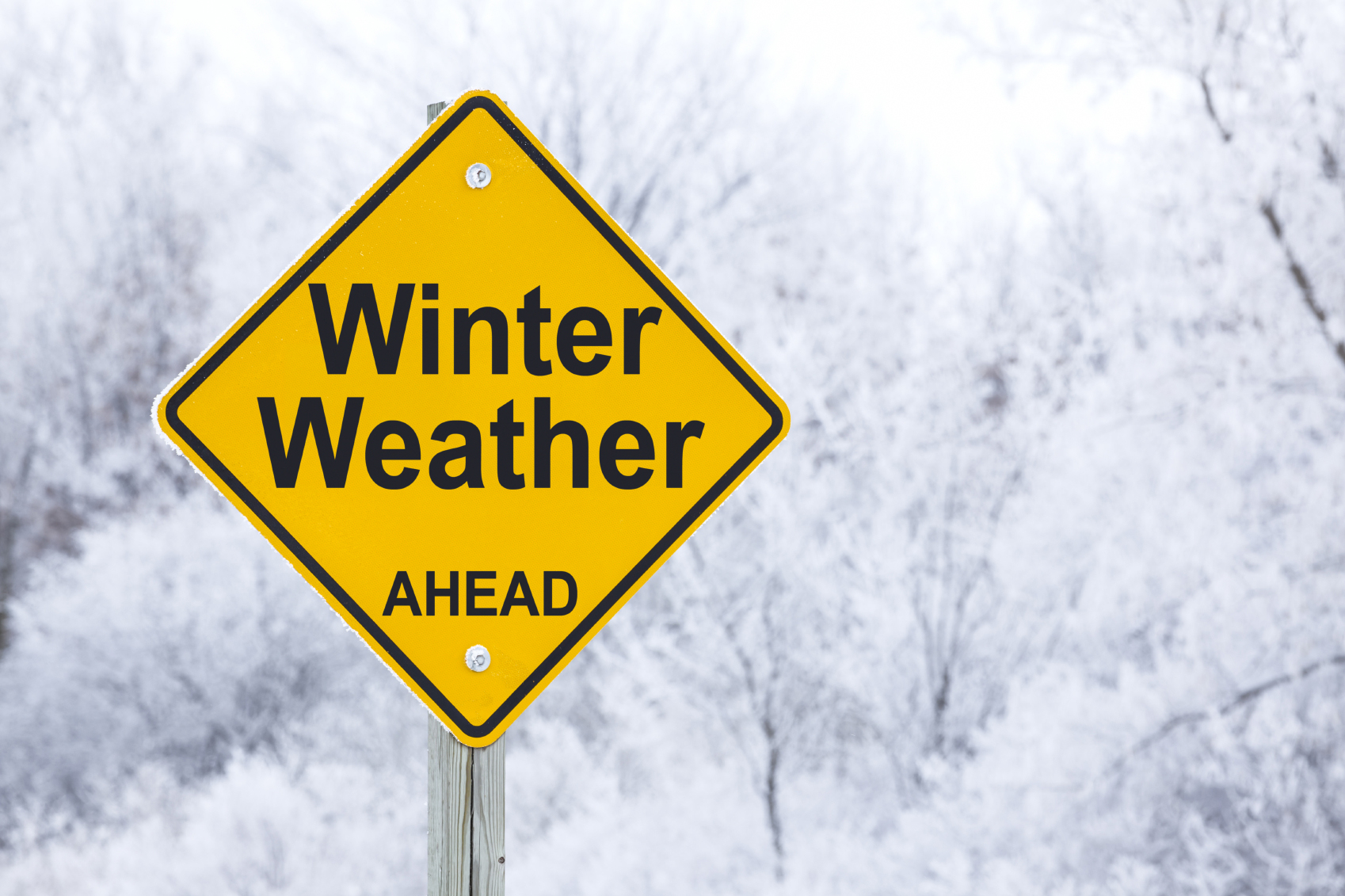Here are some great tips for preparing your home for Alberta winters.
We found them at Energy Saver, U.S. Department of Energy’s (DOE) consumer resource on saving energy and using renewable energy technologies at home.
Follow these tips to put in some work now to reduce your energy bills over the winter months.
1. CLEAN OUT THE GUTTERS
All the leaves and grime that you neglected while you were out swimming, hiking, or riding your bicycle this summer have built up in your gutters. If left full of debris, clogged gutters and drains can form ice dams that prevent your drainage systems from working properly. This can lead to water seeping into your home, which—as seen in the Conquering Moisture blog—can lead to all sorts of issues and extra energy costs. Save yourself the hassle of repairing a leak by simply cleaning your gutters and drains now. When you do, run water through the gutters to check for mis-alignments that could also cause water damage.
2. KEEP THE OUTSIDE AIR OUT AND THE INSIDE AIR IN
It is hugely important for your energy savings to ensure there are no air leaks in your home. Warm air will escape out of any cracks and can make your heating system work harder and cost you more to heat your home. Use caulk to seal cracks and openings between stationary house components like a door frame and weatherstripping to seal components that move like an operable window.
3. SHOW SOME TLC TO YOUR FURNACE
Your furnace may be a distant memory since you last powered it on, but before the cold weather descends and you must reluctantly switch it on, give it some TLC. Clean your furnace annually each autumn. Sediment build-up can cause your system to work less efficiently or potentially become a fire-hazard. Cleaning your system and getting it inspected will reduce the risks.
During the winter try to change your filter regularly; a dirty filter will decrease air flow and energy-efficiency. And if your furnace is ready to be replaced, buy an energy-efficient model. It will save you money and energy each month!
4. GET YOUR DUCTS IN A ROW
Your ducts are often times out of sight, out of mind, tucked away in the attic or basement, but a home with central heating can lose about 20% of the air that moves through the duct system. Make sure your ducts are in order by properly sealing and insulating them. Tightly sealed and insulated ducts can potentially reduce your annual energy bills by $120 or more!
5. LIGHT THE WAY
The fall and winter months mean less daylight. I know we are all keen on saving energy, but we don’t want any falls while you carry in your groceries. Luckily, you can still use your outdoor lights without wasting money and energy. Because outdoor lights are typically left on for long periods of time, buying ENERGY SAVER products and bulbs to light your outdoor pathways or porches can save a lot of energy. ENERGY STAR even makes CFL and LED flood lights that can withstand snow and rain. As an extra energy-saving effort, look for ENERGY STAR products that come with automatic daylight shut-off and motion sensors. And be sure to decorate with LED holiday lights to reduce the cost of decorating your home for the winter holidays.
Cold weather is just around the corner, and even if it is still nothing but sunlight and warm days in your neighborhood, preparing for fall and winter now can save you money and a headache when the cold air descends.
In part one, we talked about five ways to prepare your home for winter: cleaning gutters, air-sealing, checking furnaces, sealing ducts, and outdoor lighting. If you missed it, take a look here, but there is still more to learn before cold weather is here!
6. WINDOWS, WINDOWS, WINDOWS
Your windows do more than provide a view of trees with yellow leaves or snow-covered yards. They also provide a barrier to the cold. Windows with low-e coating reduce heat loss and even reflect back part of the room’s heat. Installing storm windows can also reduce heat loss through windows by approximately 10%-20%.
Using drapes and blinds helps reduce heat loss through windows. However, windows with direct sunlight may benefit from having the blinds up during the daylight hours, as sunlight can help heat the space.
7. SPRUCE UP THE FIREPLACE
First consider replacing your inefficient wood-burning fireplace with a more efficient wood stove or gas insert. It can turn your fireplace from a pretty–but high–maintenance–feature into a viable way to heat your home. Converting your fireplace will not only save you on monthly heating costs, it could even put money back in your pocket.
If you aren’t interested in updating your fireplace, try adding glass doors with a heat-air exchange system, and make sure your fireplace is cleaned and your flue damper properly sealed. You should also try to keep the fireplace damper closed unless you have a fire burning.
8. REVERSE YOUR FAN
In the summertime a fan is a wonderful way to keep cool, but your fan can also help circulate warm air in the winter. When you reverse the direction of your fan, the fan will push warm air downward and recirculate it through the room. To ensure your fan is spinning in the correct direction, set it so the blades are spinning clockwise when you look up.
9. PREP YOUR LAWN FOR HIBERNATION
Landscaping can save you energy if properly cared for and planned. Windbreaks can help block the cold winter wind and keep your home warmer. A wall or fence, evergreen trees and shrubs planted on the north, west, and east sides of your home can be most effective in creating a windbreak and reducing heating costs.
To ensure heavy snowfall doesn’t snap branches that could provide wonderful cooling shade in the summer months, shake snow-laden tree branches with a mop or broom to relieve some of the weight.
10. IT’S GREAT TO INSULATE
Insulation is another important way to prepare your home for fall and winter. In winter, heat in your home will try to flow directly from all heated living spaces to adjacent unheated attics, garages, basements, and even to the outdoors. Heat flow can also move indirectly through interior ceilings, walls, and floors — wherever there is a difference in temperature.
This means that your heating system has to work harder if your home isn’t properly insulated, costing you money and wasting energy. Properly insulating your home will decrease heat flow by providing an effective resistance to the flow of heat.
So to keep your home warm and toasty, make sure you are using the proper insulation and have insulated in the proper places.



Leave a Reply